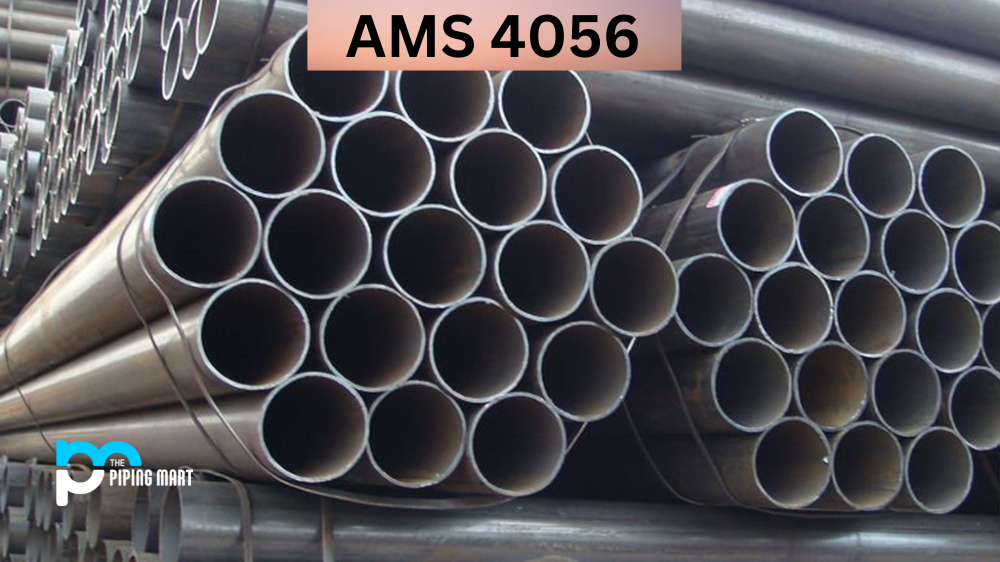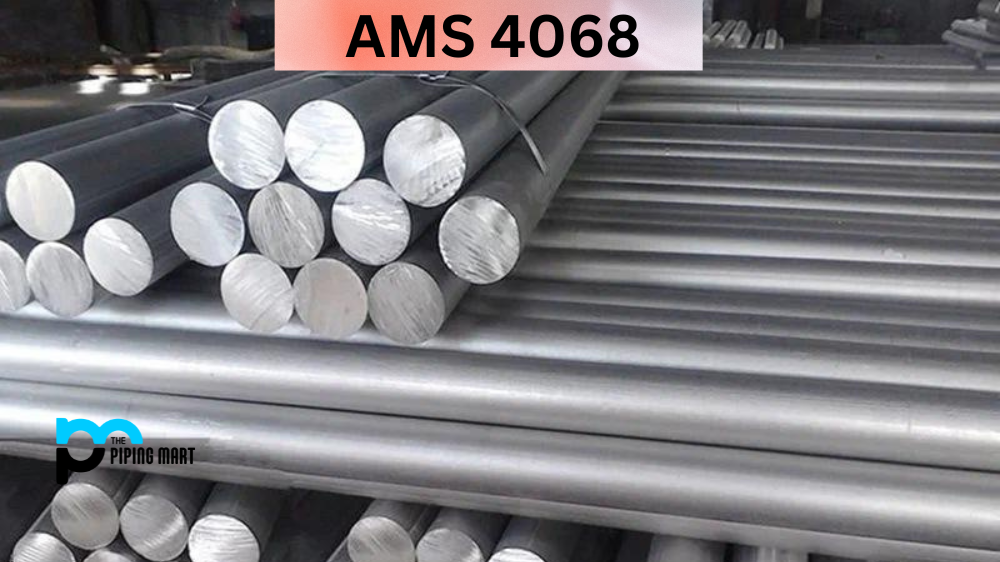Aluminium alloy 5457 is a grade of aluminum that is known for its high strength, heat resistance, and corrosion resistance. It has a wide range of uses, from aerospace parts to construction materials. This blog post will cover the uses, corrosion resistance, heat resistance, heat treatment, and machining requirements of 5457 Alloy.
5457 Alloy Composition
| Element | Content (%) |
|---|---|
| Aluminum, Al | 98.7 |
| Magnesium, Mg | 1 |
| Manganese, Mn | 0.3 |
5457 Alloy Physical Properties
| Properties | Metric | Imperial |
|---|---|---|
| Density | 2.6-2.8 g/cc | 0.0939-0.1011 lb/in³ |
5457 Alloy Mechanical Properties
| Properties | Metric | Imperial |
|---|---|---|
| Elastic modulus | 70-80 Gpa | 10152-11603 ksi |
| Poisson’s ratio | 0.33 | 0.33 |
5457 Alloy Thermal Properties
| Properties | Conditions | ||
|---|---|---|---|
| T (ºC) | Treatment | ||
| Thermal conductivity | 177 W/mK | 25 | All |
5457 Alloy Equivalent
- ASTM B209
5457 Alloy Uses
Aluminium alloy 5457 is used in many industries due to its desirable properties. Its high strength makes it suitable for aerospace components such as wing ribs and fuselage frames. It is also used in automotive applications such as exhaust manifolds and engine blocks. Additionally, it is commonly used in the construction industry for structural components such as trusses and bridge decks.
Corrosion Resistance
Aluminium alloy 5457 offers excellent corrosion resistance due to its alloying elements, which form an oxide layer on its surface that prevents further corrosion. This oxide layer can be strengthened through anodizing or other treatments, which increase the alloy’s corrosion resistance even further.
Heat Resistance
Aluminium alloy 5457 has a melting temperature range between 503-545°C (947-1013°F). This makes it suitable for applications where temperatures can reach up to 500°C (932°F). It also has good oxidation resistance up to 600 °C (1112 °F), making it ideal for high-temperature environments.
Heat Treatment
Aluminium alloy 5457 can be heat treated at temperatures ranging from 150-350°C (302-662°F) depending on the desired effect. Heat treatment may be necessary in order to increase the strength or hardness of the material for certain applications. However, care must be taken when heat-treating aluminium alloys, as overheating can cause cracking or warping, which can reduce the integrity of the material.
Machining
Aluminium alloy 5457 is relatively easy to machine compared to other aluminum alloys due to its low level of hardening when machined at higher speeds. The use of coolant is recommended during machining operations as it helps prevent tool wear and improves surface finish quality by reducing friction between the tool and workpiece surfaces. It is also important to use sharp tools with positive rake angles in order to minimize burr formation and improve chip evacuation during machining operations.
Welding
Welding aluminium alloys can be tricky as they are prone to cracking if not done properly due to their high thermal expansion rates relative to steel alloys. When welding aluminium alloys such as aluminum alloy 5547, it is important to ensure that preheating, interpass temperatures and post-weld cooling times are strictly adhered to in order to prevent cracking during welding operations. A filler metal that closely matches the chemistry of the base metal should also be used to achieve optimal weld properties.
Conclusion
Aluminium alloy 5547 offers excellent strength, corrosion resistance, heat resistance, and weldability. Its wide range of applications makes it suitable for many industries, including aerospace, automotive, and construction. Proper machining techniques must be used in order to prevent burr formation, while proper welding techniques must be observed when welding this particular aluminum alloy in order to achieve optimal weld properties. Following these guidelines ensures that your project utilizes this versatile aluminium alloy safely and effectively.

A passionate metal industry expert and blogger. With over 5 years of experience in the field, Palak brings a wealth of knowledge and insight to her writing. Whether discussing the latest trends in the metal industry or sharing tips, she is dedicated to helping others succeed in the metal industry.




